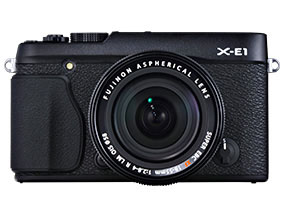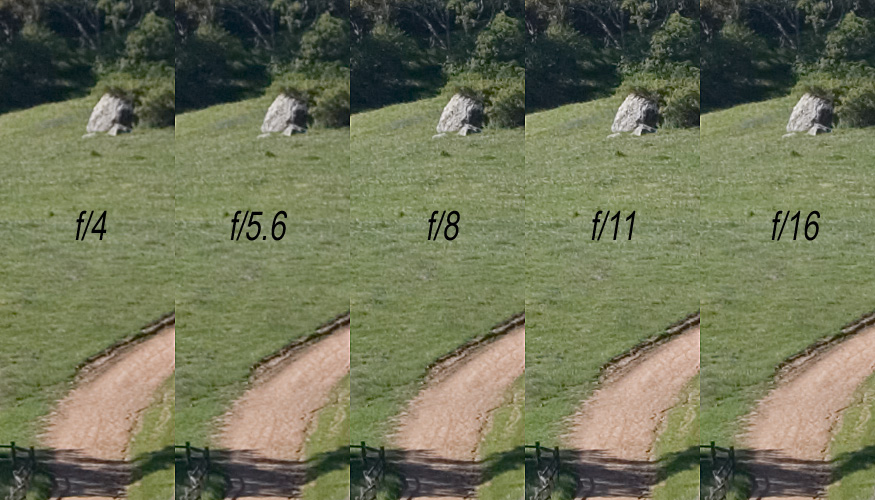(March 2014: Fujifilm has continued to update the X-trans cameras since I acquired my X-E1 in the spring of 2013. While this article refers specifically to that model—since updated to the similar but improved X-E2—the experiences recounted here should still be relevant to others looking at the Fujifilm system. For broader and updated coverage also see Taking Stock of the Fujifilm X-E1, X-E2, X-T1 Mirrorless Cameras, and check out links to the Fujifilm line of cameras at lenses at the end of this article.)
Recently I have read a lot of good things about some of the new “rangefinder-style” (a useful though not completely accurate description) or “mirrorless” cameras from Fujifilm. As a result I acquired the Fujifilm X-E1 with a few lenses, and I have now had the chance to start using it a bit. I thought I would share some initial thoughts and impressions now, with more thorough reports later on as I use the camera and lenses more.
Background
I am primarily a confirmed full-frame DSLR photographer – I rely on the versatility of these cameras, their speed, the availability of a wide variety of lenses and other accessories, and especially on the excellent image quality that they can produce. However, one downside of this equipment is that it is most certainly not small nor light, especially once you add some (or all!) of the lenses I like to use.
While much of my photography requires what the full frame DSLR system provides, sometimes I have wished for high-quality but smaller and lighter equipment – for example when doing certain kinds of street photography, for certain types of travel, or when I just want to have a camera with me when I’m out and about. I have used a few of the smaller high end point & shoot style cameras ranging from the Canon S95 back to the old Canon Pro One, and I have looked at quite a few others.
I have heard enthusiastic reports on various cameras, including a number of the four-thirds cameras, but I decided that I did not want to consider a camera with a sensor smaller than APS-C, the size of the “cropped sensor” DSLRs. For my intended use, that level of quality – in terms of resolution, useful range of apertures, low-light performance, etc. – will work quite well. Recently several mirrorless cameras with such sensors have been introduced, and they all have their attractions. What led me to settle on the Fujifilm cameras was the combination of an expanding selection of excellent lenses, their somewhat “retro” design that provides hardware knobs and buttons to control settings, and encouraging reports on image quality.
I considered the more expensive Fujifilm X-Pro-1, with its hybrid optical-electronic viewfinder, but decided that for my intended use the electronic viewfinder (EVF) of the X-E1 would likely work. (As I read reports from other users, quite a few reported that they used the optical viewfinder option of the Pro-1 less than they expected.) I did not consider the reportedly-excellent X100 since I want interchangeable lenses.
Initial Impressions
What follows is highly subjective, and some of my initial reactions will likely need revision after I adapt to the camera. Speaking of “adapting,” some of this is perhaps based as much on my familiarity and comfort with my Canon DSLRs as on the nature of the X-E1 itself. I have used my Canon EOS 5D II so much that its operation is very much second-nature for me at this point. I rarely have to think about how to do something on that camera, since the “how” has become more or less instinctive. I’m far from that point with the X-E1, but that is to be expected. Continue reading Fujifilm X-E1: From DSLR to Mirrorless



